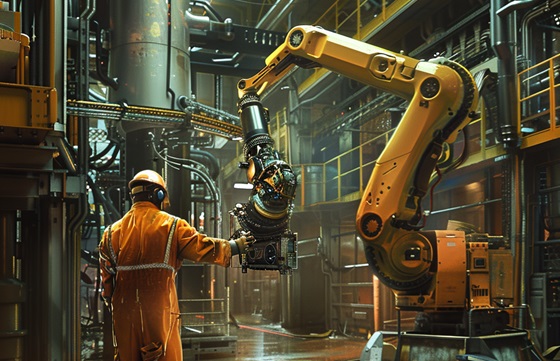Researchers at Washington State University have developed a new algorithm that aims to enhance the safety and efficiency of robots working alongside humans by accounting for human inattentiveness. In simulations conducted on packaging and assembly lines, this algorithm demonstrated up to an 80% improvement in safety and up to a 38% increase in efficiency compared to existing methods.
Published in *IEEE Transactions on Systems Man and Cybernetics Systems*, the study addresses a significant challenge in human-robot collaboration—human errors due to carelessness. According to Mehdi Hosseinzadeh, an assistant professor in WSU’s School of Mechanical and Materials Engineering and the study’s lead author, while robots follow programmed rules, humans often do not, leading to frequent workplace accidents. The algorithm developed by the researchers is designed to recognize and adapt to human carelessness, thereby reducing the risk of errors and injuries.
The research involved creating a method to quantify carelessness, including behaviors such as ignoring safety alerts. Once identified, the robot can adjust its behavior to minimize potential conflicts with the human worker, thereby reducing the likelihood of accidents. The robot continually updates its understanding of the human’s behavior, allowing for real-time adjustments.
Following successful simulations, the research team plans to test the algorithm in laboratory settings with real robots and human participants. Future work will also focus on incorporating other human traits, such as rationality and danger awareness, into the algorithm. The project received funding from the National Science Foundation, with contributions from researchers Bruno Sinopoli and Aaron F. Bobick from Washington University in St. Louis.

